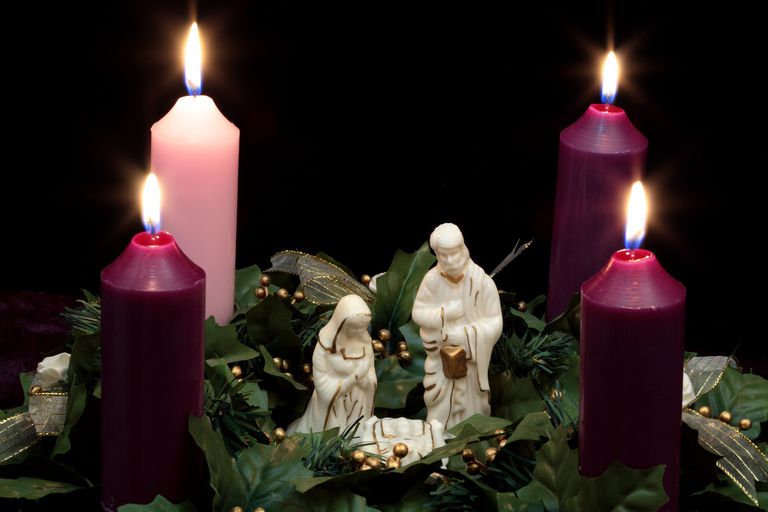The color pink is often associated with femininity, sweetness, and innocence. But there’s much more to this delicate hue than meets the eye. In fact, pink is a color with a rich history and a variety of meanings.
Pink is often seen as a calming color, and it is thought to have a soothing effect on the mind and body. It is also associated with universal love and compassion. In the world of color psychology, pink is often seen as a positive color that can represent sugar and spice and everything nice.
Pink can also be associated with passion and energy. Hot pink, for example, is a very vibrant shade that is often used to express excitement or to add a touch of drama.
No matter what your favorite shade of pink may be, there’s no denying that it is an important color with a rich history and a variety of meanings. Whether you’re wearing pink to express your femininity or to show your support for a cause, this delicate hue is sure to make a statement.
The Pink color symbolized joy and happiness. The delicate colour pink is a combination of red and white and indicated playfulness, purity, and innocence.
People who were permitted to wear the colour pink by royal decree during Elizabethan times belonged to both the upper and the lower class.
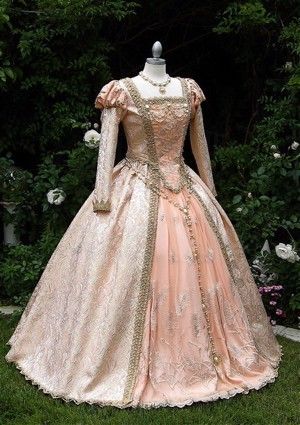
The colour pink
Contents
The colour pink exuberated vitality, good health, cheerfulness, and love. It was considered to be a feminine colour and was worn by women and young girls. However, little boys were also dressed in pink during their early childhood.
During the Elizabethan times, pink was not a gender biased colour. It was considered to be a delicate colour and was suitable for both boys and girls.
Boys between the age of three and seven wore skirts just like their sisters until they reach the age of “breeching”. Breeching was a ceremony which celebrated the event of grown-up boys wearing breeches. Breeches were made of fine wool and were mostly worn by people of the upper class. They used dense richer colours for the breeches.
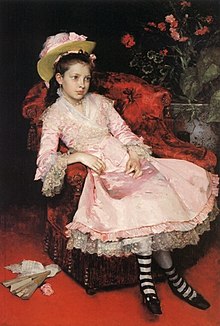
Pink, the colour of men in medieval Europe
The colour pink was a lighter shade of red and considered to be slightly diminutive. It was not so loud and often worn by men as well.
Ruffs were worn by both sexes. It was part of the costumes common for both courtiers and the working-class people. They were worn around the neck and were often tinted with pale pink colour.
Hose was part of men’s clothing and looked like tight leggings. Trunk hoses were very common and ended above the knee and had lining inside. These hoses were often coloured with a light pink colour.
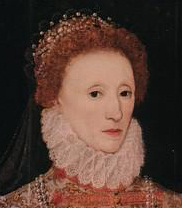
Pink, the colour of the working class
The Madder root which was a cheap dye root was used to obtain the colour pink. It produced a variety of shades of red, light red and pale pink. The bright reds were obtained from expensive dyes like cochineal and kermes and were available only for the rich.
The pink colour also called “carnation” resembled the colour of the petals is a pale hue of the colour red.
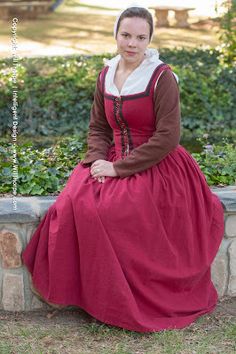
The religious meaning of the colour Pink
The third Sunday of Advent rejoices with the rosy pink colour. The advent pink colour symbolizes joy and festivity.
In western philosophy, Advent is the beginning of the church year. It begins on the fourth Sunday before Christmas and marks the festivities of the arrival of Christmas or birth of Jesus Christ. Advent reflects the joy of eternal life and the spiritual journey of faithful Christians.
On Advent wreath, four candles of different colours are set, one to be lit on each Sunday of the Advent season. The pink or rose candle is the third candle to be lit on the third Sunday of the Advent wreath.
Pink here symbolizes the invitation of new hope and replaces the candle of penitence or purple. The pink candle is associated with the shift from the period of penance during Advent.
The third Sunday is called the Gaudette Sunday meaning rejoice. It announces the birth of baby Jesus and the celebration begins.
